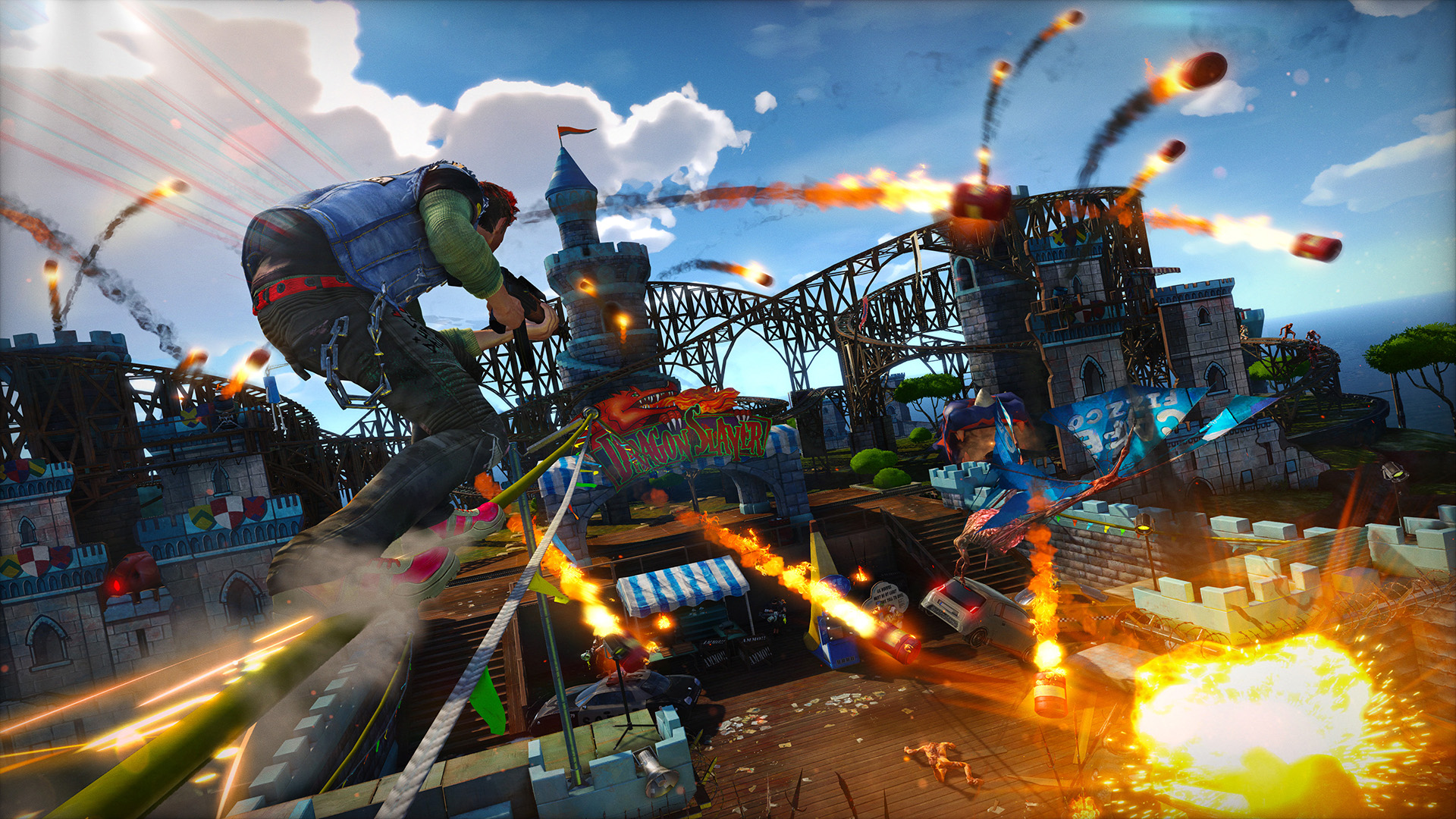Understanding the Drafting Phase in League of Legends
A Quick Overview
Before diving into the details, let’s provide a quick overview of what the drafting phase in League of Legends (LoL) entails. As the popularity of LoL esports continues to rise, more and more people are becoming interested in understanding the mechanics behind professional matches. While many may find the intense team fights during the later stages of a LoL game captivating, others argue that the drafting phase at the beginning sets the stage for an exciting match. In this article, we will unravel the intricacies of the LoL draft and what aspects to pay attention to.
LoL Ranks: Explaining the Ranked System in League of Legends
What is the Draft in League of Legends?
To begin, let’s clarify what the draft phase in League of Legends actually entails. Referred to as the pick-ban phase, each team has the opportunity to select five champions while also banning five champions chosen by the opposing team. This results in a total of twenty champions being involved in the drafting process.
Draft Order and Side Selection
Determining the draft order is not a random occurrence; there is a specific order and timers that teams follow in a League of Legends draft. The higher seeded team in a best-of-five series gets to choose side selection first. This decision involves opting to play either the blue side or the red side on Summoner’s Rift, which, in turn, dictates the ban and draft order for each team.
The blue side initiates the process, while the red side gets the final pick. Teams must strategize whether they want to prioritize selecting a crucial champion for their composition or counter-pick the opponent based on their draft. Both approaches can be successful depending on the prevailing meta and the key picks for the teams.
In a best-of-five series, the team that lost the previous game gains side selection for the following game. This explains why a team may have the opportunity to choose their side multiple times throughout the series.
The Ban Phase
The drafting phase in League of Legends commences with the ban phase. This phase involves teams selecting champions that neither team is permitted to play during the game. Some teams conduct meticulous scouting to identify and ban champions that their opponents excel at playing.
The first ban phase includes a total of six bans, with three bans by the blue side and three bans by the red side. The blue side starts the ban phase, followed by the red side. The ban alternates between both sides until the first draft phase begins. After this, the draft phase ensues, during which the teams select six champions before entering a second ban phase. In the second ban phase, the red team starts, and four additional champions are banned in an alternating fashion before the draft phase resumes.
The Draft Phase
The Selection Process
The most enthralling part of the drafting phase is the actual selection process. As mentioned, the blue side begins by choosing the first champion. The pick phase unfolds as follows:
– Blue Team picks the first champion
– Red Team chooses two champions
– Blue Team picks two more champions
– Red Team selects the final champion
By this point, each team has five champions selected, forming the foundation of their team composition with a specific strategy in mind for achieving victory on Summoner’s Rift.
The Importance of Counterpicks
Counterpicks play a crucial role in the drafting phase. A counterpick is when a team selects a champion specifically designed to counteract one of the opposition’s choices. For instance, if the enemy team locks in Yasuo on the blue side, the last pick on the red side could be Taliyah, as she can effectively counter the mid-lane champion. The red side has the advantage of being able to choose the perfect counterpick since the opposing team has already revealed their picks.
Understanding the Impact of Drafting in LoL
An in-depth analysis of the draft phase in League of Legends reveals its significance in shaping the outcome of a match. The selection of champions and understanding their strengths is paramount. Teams must consider the desired team composition and identify champions who synergize effectively with each other, allowing for remarkable plays on the battlefield. During the draft phase, the team’s win condition starts to emerge, giving a glimpse of their planned strategy.
Early Game – Snowball Team Compositions
Certain team compositions in LoL are focused on gaining an early advantage. These teams emphasize dominating the laning phase and then snowballing their lead to overwhelm the opposing team swiftly. To execute this strategy, teams choose champions with early power spikes and lane-dominance, enabling them to establish dominance from the beginning.
5 vs. 5 Teamfight Team Compositions
Teams aspiring to achieve victory through teamfighting prioritize team compositions designed for engaging in 5 vs. 5 battles. These compositions typically have a resilient frontline that protects the damage-dealing carries positioned at the backline. Safeguarding the backline is crucial for success in teamfights.
Understanding the type of engagement the opposing team is likely to employ is equally important. Will they attempt to pick off a single target before engaging in a full-blown fight with champions like Ashe, who can initiate from a distance with her arrow? Alternatively, will they opt for a daring initiation with Jarvan IV leaping into the fray using his ultimate ability? Knowing the enemy’s planned strategy becomes a vital part of drafting in League of Legends.
Split Push Team Compositions
A split push team composition involves allocating one champion to operate independently on the opposite side of the map while the rest of the team focuses on another objective. To execute this playstyle effectively, teams must select champions like Jax, Camille, or Fiora who possess the ability to sustain themselves in fights and swiftly secure objectives. However, implementing this strategy comes with certain risks, as the team may find themselves outnumbered in teamfights or if the split pusher gets taken down too easily.
Variations in the Drafting Process
While the fundamental drafting process in League of Legends remains consistent, there have been some variations introduced over time. Originally operating on a 3-ban system, LoL transitioned to a 5-ban system in Season 7. This change introduced a higher level of excitement and variety in champion picks within the competitive scene.
In summer 2022, China’s tier 2 league, LDL, unveiled their “fearless draft.” This draft type prohibits teams from selecting a champion that has already been picked in the series. The intention behind this innovation was to incentivize players to expand their champion pools and create more thrilling games.
It’s important to note that the LDL fearless draft is currently exclusive to best-of-three matches. Whether this draft type will find its way into prominent leagues such as LPL, LCK, or LEC in the future remains to be seen, but its potential impact on the game is certainly intriguing.
Conclusion
The drafting phase in League of Legends sets the stage for a thrilling and strategic gameplay experience. Understanding the nuances of the pick-ban process, draft order, and counterpicks allows teams to shape their compositions with specific win conditions in mind. From early game snowballing to 5 vs. 5 teamfighting, each team’s drafting strategy plays a pivotal role in determining the outcome of the game. As the competitive scene continues to evolve, we can anticipate further innovations and variations in the drafting process, adding new layers of excitement to the game.
FAQs
1. How long does the drafting phase typically last?
The duration of the drafting phase in League of Legends can vary depending on the teams involved and the overall strategy they employ. On average, the drafting phase usually lasts between 10 to 15 minutes.
2. Can a team change their draft strategy between games in a best-of-five series?
Absolutely! Teams often adapt their draft strategies between games in a best-of-five series. They may analyze the opponent’s picks and ban patterns from the previous game to adjust their own composition accordingly.
3. Are there any restrictions on champion picks during the drafting phase?
Outside of specific draft variations like the LDL’s fearless draft, there are no major




